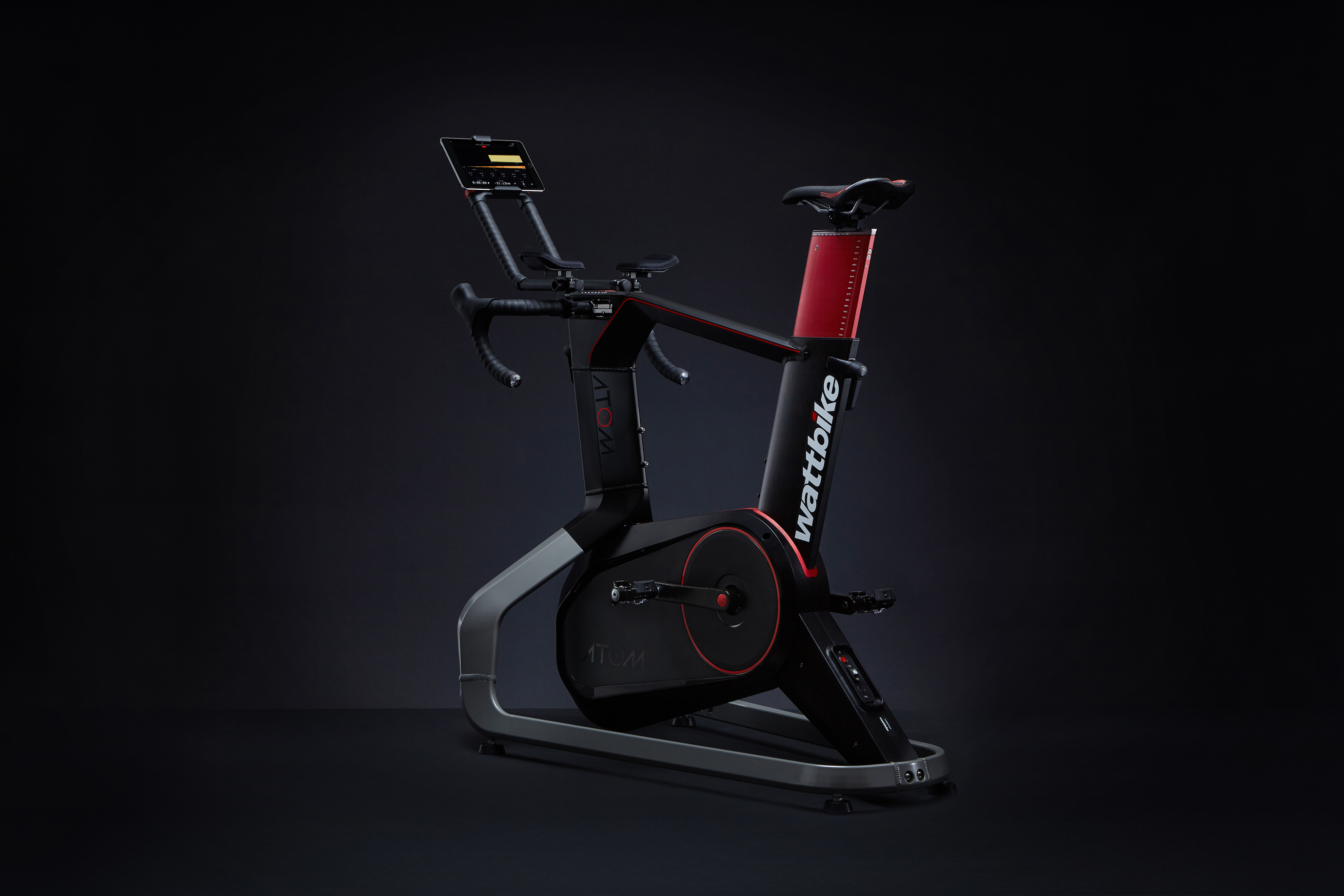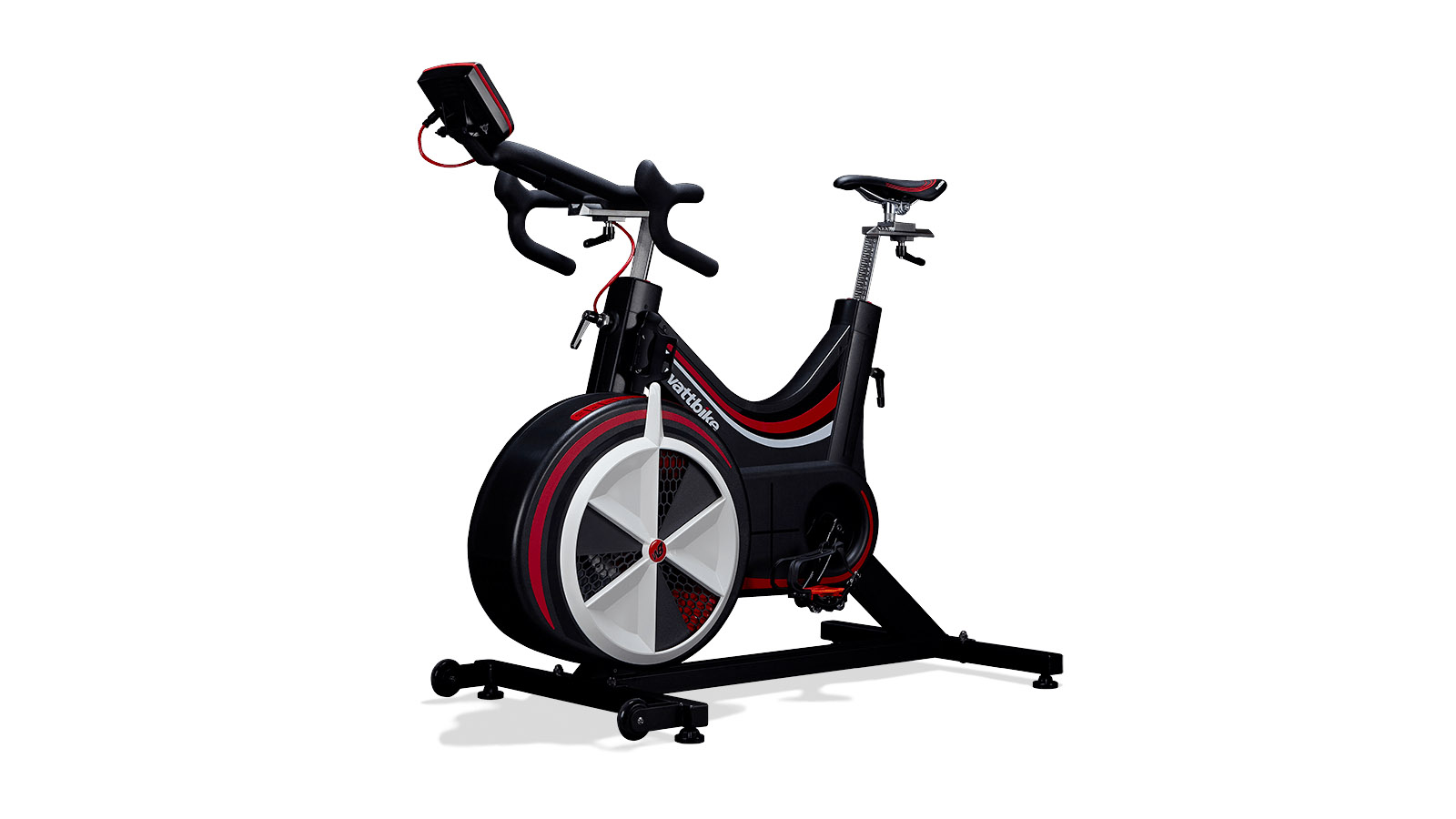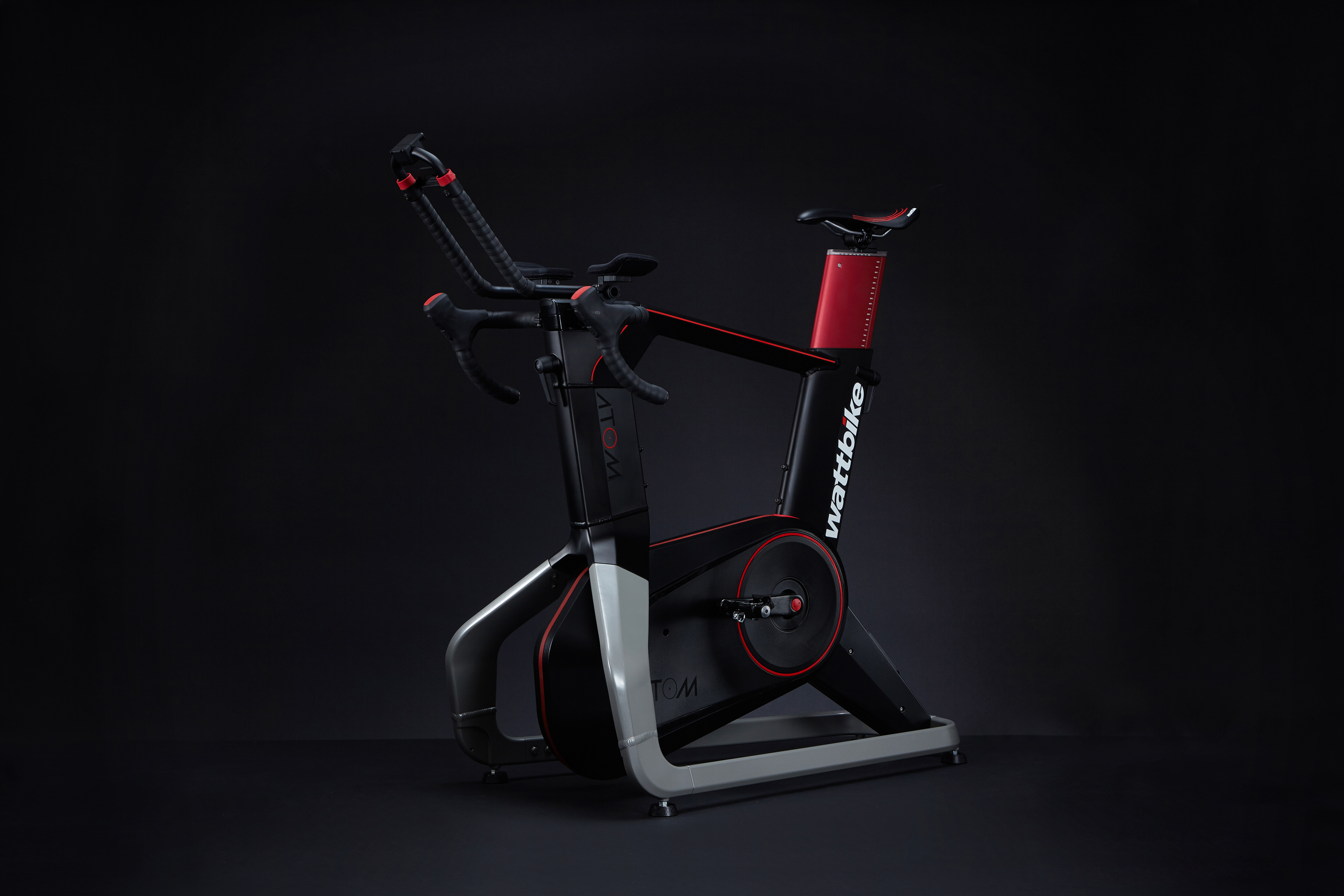History of the indoor smart bike, how it all began and how Wattbike was at the forefront
From the first proper training bike to advanced smart bikes, Wattbike has been there the whole time

We are now well and truly in the age of the smart bike. With the popularity of indoor training soaring, even before the Covid19 pandemic, brands that had previously been known for their high-end smart trainers, have taken the next step and started integrating that technology into complete indoor bikes.
However, the indoor bike is not exactly new; UK based Wattbike has been making them since 2008. Its original Wattbike Pro and Trainer are still in use today by USA Cycling athletes, but you’ll also find them on the sidelines of the NFL and the NBA games too. The UK outfit also pioneered the app controllable smart bike with the Atom.
In the beginning
In the year 2000, the founders of Wattbike, Ian Wilson, John Wilson, Dusan Adamovic and Milan Bacanovic, met with Peter Keen, the Performance Director of British Cycling at the time, to produce not only the most accurate and reliable indoor trainer but also one that provided vital performance metrics.
“We wanted to build the most accurate, most reliable and accessible indoor bike trainer, providing the most insightful data. At that time, your options were limited: an ergometer costing tens of thousands of pounds, or a spin bike. There wasn’t a great deal in between. We wanted it to be robust enough for elite athletes, but also accessible enough for beginners and enthusiasts to use,” says Wattbike CEO, Richard Baker.
Seven years, and many prototypes later, the first Wattbike was unveiled.
These original Wattbikes are what we now know as the Trainer and Pro models, which use a wind damper and a magnetic resistance knob to control resistance. According to Baker, one of British Cycling’s essential requirements was realistic ride feel during both steady-state intervals as well as explosive sprint workouts. They found the best way to achieve this kind of power curve was to combine two forms of resistance.
“Magnetic resistance systems - which can be controlled digitally - were not as flexible, mature or robust at the time,” Baker says.
“We provided two different resistance systems on the original Wattbike to provide the greatest level of flexibility and training possibilities. The air braking is a progressive resistance system which allows users to finely adjust the resistance to achieve the exact power to cadence training they need, while the linear magnetic resistance allows the user to dramatically increase the load for explosive work when needed.”

Having this dual resistance also allows the Wattbike Pro to output a leg-breaking 3760-watts with +/-2-percent accuracy, negating energy losses from the drivetrain. Beyond the ride feel and resistance, the other standout feature of the original Wattbike was the dual-sided power meter — something we are only just beginning to see implemented in other smart trainers and training bikes. You’ll go a lot faster in the real world if you’re not pedalling squares indoors, and the team at Wattbike was well aware of this fact.
“Right from the start, we knew we wanted to provide users with access to data, to help them understand their performance. Technique was an important factor in that, not just the power numbers, but how that power is used. Left/right breakdown is essential in that. This has also opened up other opportunities for rehab, bike-fit and other areas where the reliability and granularity of data is vital.”
It’s this granularity which allows the Wattbike to break down exactly where you’re delivering power, and where you are losing force as the cranks go around. Wattbike calls this Polar View, and this information was available in real-time on the Wattbike Pro and Trainer’s integrated display — the Wattbike Hub app shows Polar View when used with the Atom.

Data and results
What Wattbike sought to achieve in 2008 was lofty, to say the least, and on paper, it was something that no other indoor cycling brand had previously managed. But the Wattbike quickly proved its merit with 28 of the 31 track events at the 2012 Olympics won by athletes who trained with Wattbikes. British Cycling began using the system for talent ID and testing, and other high-performance bodies around the world began to take notice, both inside cycling and beyond.
“In 2015, we were selected as the global talent ID and training tool of the UCI World Cycling Centre. Today, we are ‘chosen by champions’ around the world across many sports; (the) New Zealand All Blacks, boxer Anthony Joshua, England Football, USA Cycling, (the) Golden State Warriors, (and the) Philadelphia Eagles are just a handful of teams and athletes who choose Wattbike as their trusted training tool.”
The Wattbike Pro and Trainer were revolutionary when they were launched in 2008, but as time went on, technology caught up and changed. Training apps began to gain steam. These new programs could now guide you through a workout, providing your power targets along the way, and provide a bit of entertainment; but they also spoke the same language as a new breed of smart trainers which could adjust the resistance based on specified intervals or even the grade of a virtual hill. In that same time period, indoor training transitioned from something that the average cyclist did when the weather was less than agreeable, to something people actually enjoyed.
“Platforms such as Zwift have changed the industry, transforming the idea of indoor training as being purely ‘grinding out’ sessions - a means to an end - into an activity that is enjoyable and competitive,” Baker says.
It was in this area the Wattbike was lacking. Subsequent firmware and display updates added some connectivity to training apps. Still, it didn’t have the hardware to react to what the apps were dictating, so, in 2017, Wattbike announced the Atom, the first-ever app controllable smart bike on the market. Designed in collaboration with Giant Bicycles and a London based design firm called Curventa Design, the Atom was the culmination of everything Wattbike learned about training bikes in the nearly two decades prior.

Miles ahead of the curve
When the Atom was launched, many wrote the idea of a smart bike off, especially considering how good direct-drive smart trainers had become. But a few years on, other indoor training brands are playing catch up.
“We were seen as an underdog, but we knew the technology inside the bike was better than anything currently in existence. We leapt ahead to say ‘this is the future’ and changed the landscape of the Wattbike and its future,” Baker says.
“Three years on, we’re only now seeing other players come to market with their smart bikes, following the path the Wattbike Atom set out. Some with some really neat features. A premium will be placed on creating the most realistic ride experience possible, while retaining accuracy and connectivity. Wattbike has been at the forefront of this and will continue to do so.”
The Atom abandoned the industrial aesthetic of its predecessor, adding app controllable resistance up to 2000-watts accurate to +/-2-percent and a simulated gradient up to 25-per cent.
When asked why Wattbike stayed the course with the training bike, rather than some definition of a turbo trainer, Baker tells us it came down to performance.
“Thinking back to our aims with British Cycling, the accessibility factor drove the concept of Wattbike Atom. The only way to create an ergometer, to get the right inertia and kinetic energy, the right level of control, was to create a standalone bike as opposed to, say, a turbo trainer where energy losses in the drivetrain make the output sub-optimal.
"The real magic sits inside. Wattbike Atom’s magnetic resistance is the closest feeling to riding outside, so users can seamlessly translate their training to the road,” he says.
From the beginning, Wattbike prioritized ergonomics, with the Trainer and Pro models allowing several points of adjustment to replicate your position on the bike; even using a standard saddle so you could slot in the perch of your choice. The Atom took that a step further by adding additional adjustability to the cockpit; everything from slotting in your own drop bars and TT pads — the Atom also cleverly integrates a tablet holder into the extensions. Even small differences in position can affect how much power you’re able to produce; even just going from a traditional road position to a time trial position can lead to a 2-3-per cent reduction in power output. All of this goes towards creating a seamless transition between your road bike and the Wattbike.
Whether it be pounding out prescribed intervals, working on your pedalling technique or putting in a PR on Alpe du Zwift, the Wattbike Atom is on the cutting edge of smart bikes, offering robust data, pedalling analytics and unbeatable road feel.
Get The Leadout Newsletter
The latest race content, interviews, features, reviews and expert buying guides, direct to your inbox!
Cyclingnews is the world's leader in English-language coverage of professional cycling. Started in 1995 by University of Newcastle professor Bill Mitchell, the site was one of the first to provide breaking news and results over the internet in English. The site was purchased by Knapp Communications in 1999, and owner Gerard Knapp built it into the definitive voice of pro cycling. Since then, major publishing house Future PLC has owned the site and expanded it to include top features, news, results, photos and tech reporting. The site continues to be the most comprehensive and authoritative English voice in professional cycling.
